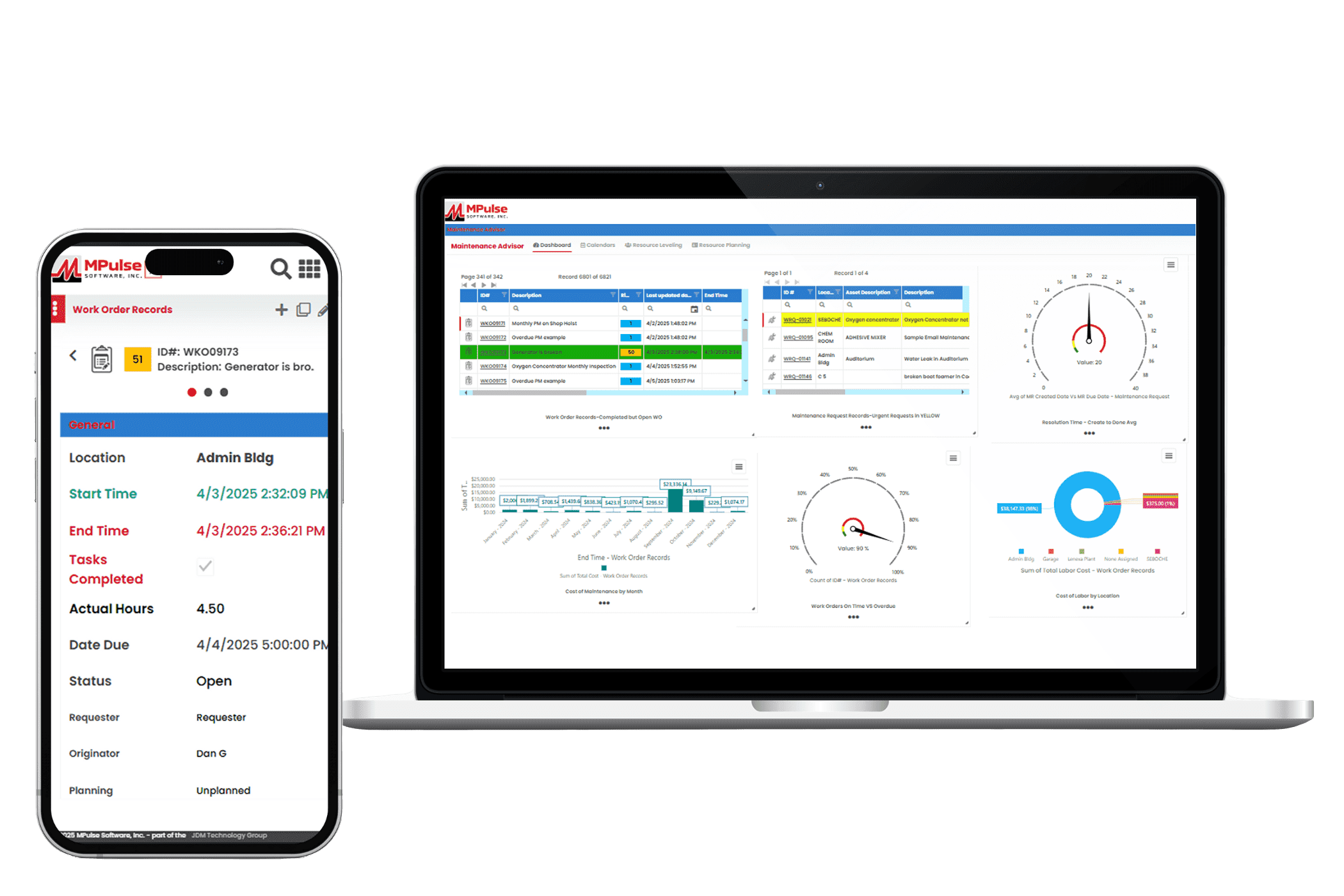Last time, I shared a story from Cathy, an MPulse customer whose organization continues to improve its maintenance strategy based on hard data from their MPulse Software, Inc.
We’ve talk about the surprises her company found after it first implemented CMMS software and the discovery that inventory control is a key part of their larger goal—controlling the cost of maintenance.
In this post, Cathy tells us how MPulse CMMS software eased the process of inventory counts and, as a part of that process, the ability to identify surplus parts.
Table of Contents
Identifying Surplus Parts
Like many organizations, Cathy’s company was storing surplus parts—parts the company has not used in a given period of time. Those parts were just sitting on the shelves, forgotten, but still costing the organization money.
Cathy’s team knew they were storing unneeded parts. But it was an easy thing to ignore… until Cathy reviewed their MPulse CMMS data and saw the numbers on the report.
[related-content]
“Once we identified how much of our inventory was either overstocked or outdated, we knew we were missing an opportunity to save some cold, hard cash,” Cathy said.
It wasn’t easy.
“It was a bigger job than any of us first realized,” she continued. “But eventually we all benefited from the extra room in the storage area and reductions in manpower to count them. In addition, it freed up capital to use for parts we actually needed.”
Cyclical Inventory Counts
Cathy’s company began thinking about inventory differently. For example, Cathy’s company used to do an annual inventory for tax and financial accounting purposes. But Cathy found a different way that worked better.
Now the organization does cyclical inventory counts, where her team inventories 1/12 of the stockroom on a monthly basis. That new procedure, coupled with the removal of the surplus parts, cut down the time the team spent on counting inventory by 20 percent.
Cathy’s company is a great example of how organizations can use CMMS data to improve their maintenance strategy.
You might be shaking your head right now. That’s because you and I both know that one of the most frustrating issues in maintenance is inventory control.
But like Cathy’s company, inventory control can help you find real savings for your organization. As I’ve said before, it’s important not to ignore it.
How does your organization control inventory? What’s been your experience? Leave a comment or contact me.






